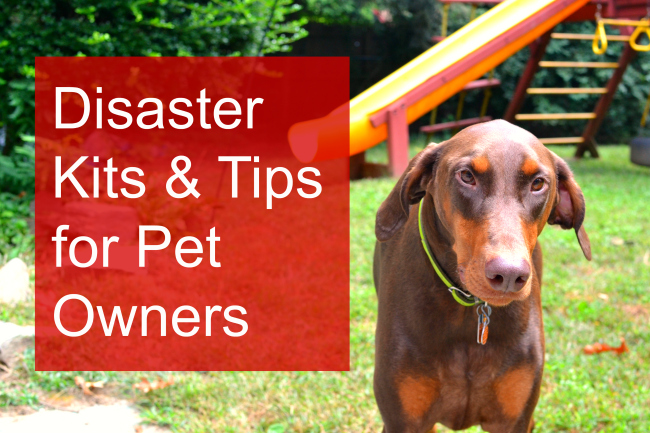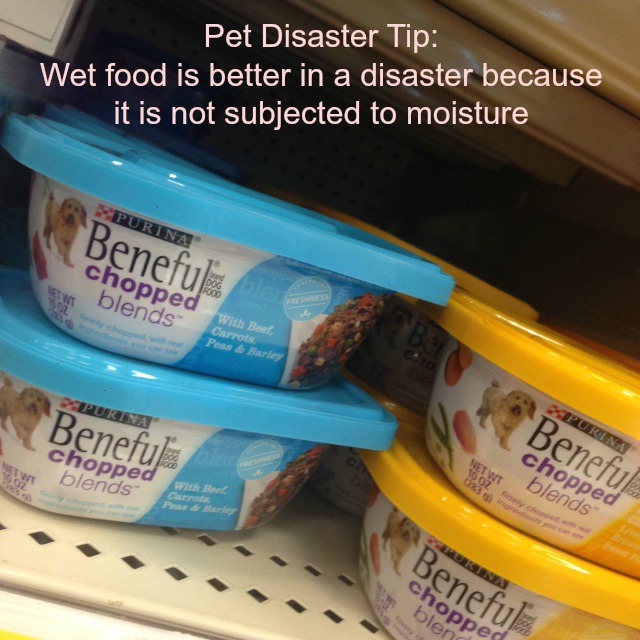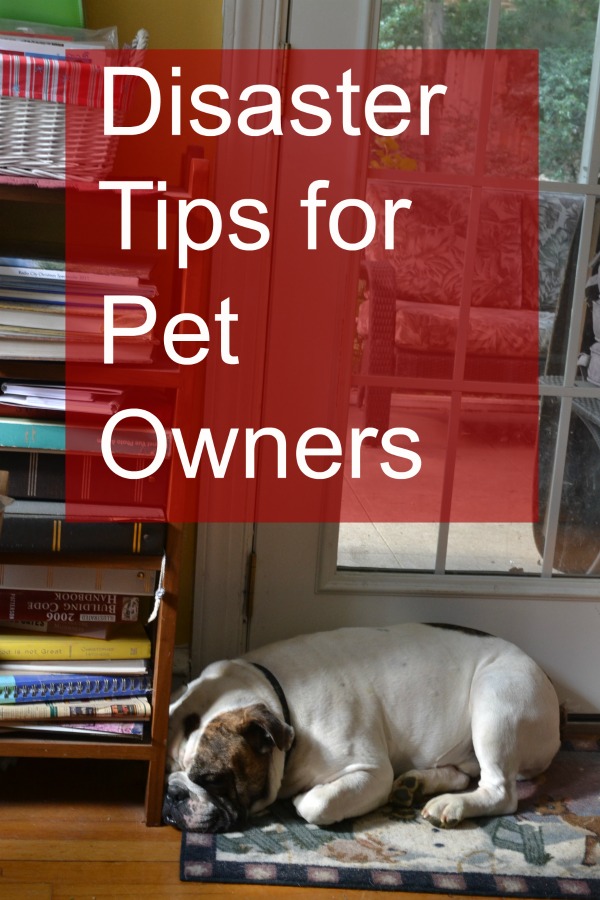Anyone who knows me knows I adore my dogs they are family to us. Both Lloyd my Doberman and Grundy my bulldog are a huge part of our house hold. They determine many things from weekend get-aways length we stay because they might destroy my home. Whom will be able to stay with my babies when we are gone, also the fact I only own leather furniture because I like them to join me sitting on the couch. The thought of a natural disaster displacing part of my family away from us makes me very anxious. Purina asked me to participate in a goggle talk recently which I was compensated for in exchange for this post . The purpose of the talk was to learn more about Disaster Tips for Pet Owners.
The talk was fascinating because as a pet owner I never think about “A Plan” for my pets. Think about it?? What would you do if something major happens? You worry and know what you will do with your children. What about your furry babies? Purina helps respond to natural disasters in the United States that seriously disrupt the functioning of communities causing animals harm and distress. In the United States in 2015 Purina donated $31.5 million worth of pet food, pet supplies and monetary contributions to pet-related charities and other community organizations across the country. For more information please visit purina.com
What did I learn from the Disaster Pet talk ?
Dr. Kurt Venator, Purina Veterinarian was the leader of the talk answering all our questions.
1st Basic things, I would not think about like that wet pet food is better then dry to keep in a pet disaster kit because it is more stable and not subjected going spoiled if the can gets wet. He also informed us that you should have an extra collar and leash, just in case. It is imported to keep an extra set of the animals records in the pet disaster kit and in your important papers.
Do you know what local hotels with in a 2 hour radius would take your animal, how about if local shelters can they help you if your dog was not able to come with.. good questions I never thought about.
I loved the idea that I don’t know if many people with cats think of: Try leaving your cat carrier out so that your cats get use to going in the Cat carrier on a regularly basis.. My old cat hated the carrier and cried every-time he went it to the vet. Having a cat use to the carrier daily can cut down on the animals anxiety about being transported.
The Dr also addressed my concern with a bulldog. Most can’t swim English Bulldogs are top heavy so a life jacket for your dog can also be important if you are in a flood prone or water area.
5 Disaster Tips for Pet Owners
- Know the common natural disasters that can occur: Though pet owners should try to be prepared for all types of emergencies if possible, depending on which U.S. region you reside in, there are certain natural disasters that are more common than others. For example, hurricanes and cyclones are more likely to occur if you live near the Gulf of Mexico or Atlantic Coast, and tornadoes mainly hit areas like Kansas or Iowa in the Midwest. The West coast typically experiences wildfires and flash flooding can take place in certain areas across the U.S. – such as the Southwest – after large storms. If you live in a region where hurricanes are common, it’s important to understand the elevation level of your property and whether it is prone to floods. This will help you understand how your property will be affected when a hurricane hits and can help you prepare a plan in advance for your pets.
- Prep your home and pet: The first step to preparing your pet for a natural disaster is to make sure that he or she is wearing a securely fastened collar with up-to-date identification in case you become separated during a natural disaster. Pet owners can consider having their pet microchipped to assure that the pet can be identified and found via an electronic device as well. To prepare your home for natural disasters, talk to your local veterinarian who can provide waterproof, “Pets Inside” stickers that you can place on the front and back door of your house to alert rescuers that there are pets inside your home. In the case of a hurricane, try to cover all of your windows with permanent storm shutters or marine plywood and keep your pet away from them while the hurricane is passing through.
- Prepare a disaster kit: Your pet disaster kit should include basic pet essentials such as bottled water, cans of wet food, blankets, collapsible bowls, cat litter and pan, and a leash and collar. A one-to-two-week supply of food that your pet usually eats is an ideal amount to include in your disaster kit, however make sure to replace the food according to the expiration dates. Have photos of your pet on-hand in case you need to distribute pictures if your pet gets lost and make sure to include any important paperwork pertaining to your pet (e.g. vaccine records/medical history, veterinary contact information, medications list and emergency contacts). Finally, be sure to include a basic pet first-aid kit in your disaster kit.
- Develop an evacuation plan: Do your research and save precious evacuation time by identifying possible locations where you can take your animals should you have to evacuate. These locations can include animal shelters, veterinary clinics or even pet-friendly hotels where you and your pet can find relief until the disaster passes. Keeping your dog’s medical records on-hand is vital since some pet-friendly emergency relief centers require proof of vaccinations in order for your pet to stay there.
- Recruit friends and neighbors: It’s also important to consider creating a buddy system with your neighbor, family or friend who can look out for your pet in case you are not home when a disaster strikes. Add this person to your veterinarian’s emergency contact list of people who have authority to approve necessary emergency treatments if you can’t be reached. Also, identify places where you can leave your pet while you are out of town to avoid leaving your pet alone. Always let your pet sitter and back-up person know where your pet’s disaster kit is stored in case of an emergency.
Be sure to pin this post to Pinterest so you can refer to it when you build your Pet Disaster kit!
Disclosure: I was compensated for this post by Purina. My opinion are my own and I am sharing information that I feel is important.


